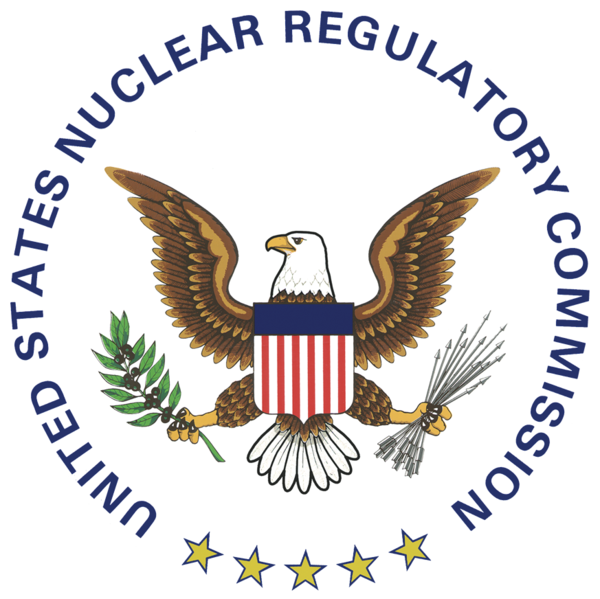Part 1 of 2 Parts
There is no centralized nuclear waste repository in the U.S. on the horizon. The U.S. Supreme Court’s upcoming review of the legality of temporary storage facilities could make or break the nation’s new push for nuclear power.
The high court agreed on October 4th to review the U.S. Fifth Circuit’s ruling that the Biden administration illegally greenlit an away-from-reactor spent nuclear fuel storage facility in Andrews County, Texas.
Brad Thompson is a partner at Duane Morris LLP. He said that if justices uphold the lower court’s decision, federal and state regulators could be reluctant to approve new nuclear generation projects for concern over adding to a backlog of nuclear waste.
Thompson continued, “There’s a lot of waste that is stacking up at our current nuclear facilities, and it’s got to go somewhere. What degree nuclear power will grow or diminish will be impacted by how this case gets resolved by the U.S. Supreme Court.”
The U.S. Court of Appeals for the Fifth Circuit last year rejected a license issued to Interim Storage Partners, a joint venture that was planning to develop a nuclear waste site in Andrews County. It ruled that the Nuclear Regulatory Commission (NRC) exceeded its authority under the Atomic Energy Act because it is not allowed to issue licenses that permit private parties to store radioactive material off site from a reactor.
The U.S. Fifth Circuit also rejected a license for a similar project in New Mexico a year later. Both rulings conflicted with an earlier opinion from the U.S. Court of Appeals for the District of Columbia Circuit. The NRC appealed the Texas case to the U.S. Supreme Court in June, where its petition was granted and consolidated with the New Mexico case.
A majority of U.S. citizens support expanding nuclear power in the U.S., a recent Pew Research Center survey found. Michael Gerrard is a founder and faculty director of Columbia Law School’s Sabin Center for Climate Change Law. He noted that the U.S. power grid is also hungry for sustainable energy sources as it sags under the pressure of data centers, electric vehicles, and more. Gerrard added that “The nuclear industry may be on the verge of a revival.” However, the waste disposal problem is a looming threat.
Jay Silberg is a partner at Pillsbury Winthrop Shaw Pittman LLP. He said that a ruling in support of the U.S. Fifth Circuit’s decision could suddenly make existing nuclear waste storage licenses illegal. He added that “it would mean you have orphan nuclear waste in many locations around the country that are no longer licensed, and that means we have unlicensed nuclear material.”
Congress selected Yucca Mountain, Nevada, in 1989 to host a federally operated spent nuclear fuel storage facility. However, productive talks have collapsed since the Obama administration tabled the project more than a decade ago, Gerrard said.
Storing spent nuclear fuel in privately-operated, temporary facilities around the country is hazardous due to threats of rising sea levels, terrorist attacks, and natural disasters, Gerrard said. However, preventing the facilitation of interim sites without a permanent national repository could impede the nuclear energy industry’s potential growth.
Please read Part 2 next
Radioactive Waste 936 – The U.S. Supreme Court Ponders The Off-Site Storage Of Spent Nuclear Fuel – Part 1 of 2 Parts

